As you walk through the supermarket, you will see products such as Karaage and Tatsutaage. The two dishes look very similar as both are fried chicken dishes, so some people may think they are the same thing. However, they are actually completely different dishes. This time, we will explain about Karaage – its history, recipes, various types, etc. We will also differentiate between the two dishes so please check it out below!
What is Karaage?
Karaage refers to a Japanese cooking method using frying oil, and the cooked dish. Ingredients are lightly coated with flour or potato starch and fried in oil. In general, many people imagine karaage as an ingredient for fried chicken, but it is by no means limited. In Japan, fried fish, fried vegetables, and fried meat other than chicken are all fried.
Etymology

The etymology of karaage is interesting as it is a form of oil blanching originally from China so the term in Japanese is a homophone using either of two characters – 唐 a character denoting Chinese origin in the Edo period, and 空 meaning empty/nothing i.e. fried without batter. It’s the same with anything, but regardless of the origin of Japanese food, it seems that any food imported from overseas has “tou” or “kara” attached to its head.
Karaage History
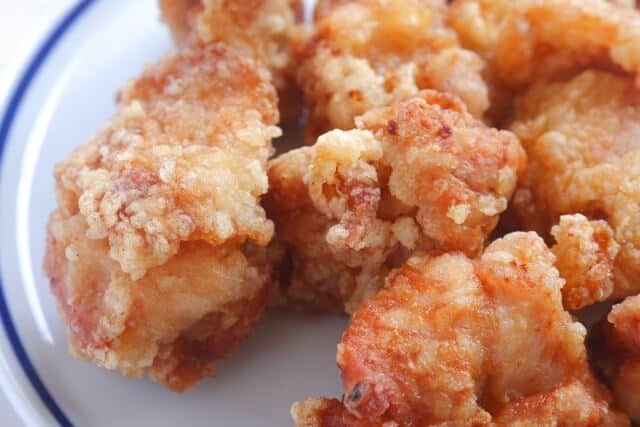
At the Japan Karaage Association, they wrote “Karaage (からあげ)” as “Karaage (唐揚げ)”. From a historical point of view of deep-fried food, the Japan Fried Food Association believes that it should be “Karaage”. Considering how it has developed into a unique Japanese food culture since it came to Japan as a Fucha cuisine that originated in China during the Edo period.
The technique of deep-frying was introduced to Japan from Tang China via envoys to Tang China during the Nara period so they called it karaage after taking the character from Tang Dynasty. They used it as it is, but since “empty” read as “kara”, they applied the kanji to it and used it as karaage. However, the word karaage does not mean “fried chicken”. It was fried vegetables, meat, tofu, etc., and fried and boiled to add flavor was also called karaage.
According to literature, the Japanese began to eat chicken in the late Edo period, but even so, only a very small percentage of people started eating chicken. However, it wasn’t until much later, in the latter half of the Showa era, when broilers were imported from the United States that chicken became widely eaten on Japanese dining tables. At first, it probably used the word “chicken” to distinguish it from other karaage, but karaage became so popular that karaage became chicken.
Karaage Recipe

Karaage Ingredients
| Ingredients of Karaage for 2 persons | Measurements |
|---|---|
| Chicken thigh | 300-400g |
| Ginger | 10g |
| Katakuriko | 49g |
| Lemon | 10g |
| Frying oil | 30g |
| Soy Sauce | 28g |
| Sake | 14g |
How to make Karaage
First, cut the chicken thighs into easy-to-eat pieces (about 3-4 cm square), and grate the ginger with the skin on. Put the cut chicken in a bowl and add seasoning; soy sauce and sake.
Squeeze the grated ginger tightly and add only the ginger juice. The soaking time is 15-20 minutes. Mix upside down 2-3 times during the process. After 15 to 20 minutes, throw away the pickling juice. Lightly press the chicken with your hand or chopsticks and discard the marinating liquid, leaving a small amount of marinating liquid in the bottom of the bowl.
Add 3-4 tablespoons of potato starch and mix well until the mixture is sticky enough to cling to your hands. By mixing potato starch with some pickled juice remaining, soy sauce flavor will be on the fried chicken skin and the aroma will improve.
First, heat the frying oil to 160-170°C. The chicken is put in at a lower temperature. And take out all the chicken once. After resting, put all the chicken back into the oil and fry in hot oil until crisp for 1-2 minutes and remove. Drain off the excess oil, arrange it on a serving dish, and garnish with lemon wedges if desired.
Chicken parts of Karaage
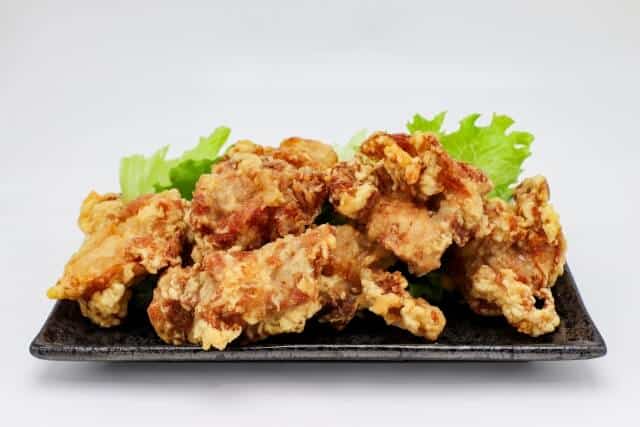
Thigh meat
Thigh meat is the most commonly used when making and eating karaage at home. By making it fried, the lean meat tightened and the fat melts moderately, so when you put it in your mouth and chew it, you can taste the juicy and delicious fat. When eating at home by cutting it into bite-sized pieces, you can eat it deliciously without uneven taste by cutting the fat and lean meat evenly.
Breast meat
Breast meat, which has less fat than thigh meat and costs a low price in the market, is a family favorite. Chickens move their chest muscles as well as their necks, so they are popular for their lean meat. By frying the firm meat in oil, the crispy batter and chewy texture are delicious. It has a bland taste, how well it cooks, and it becomes too hard over time.
Wings
There are many parts of the chicken such as chicken wings and chicken wings. There is a completely different taste depending on the part, and among them, fried chicken wings contain a lot of gelatin and fat. It has a crispy texture and the taste changes depending on the strength of the spice. It has many strong flavors and is loved mainly as a snack with sake.
Difference between karaage and tatsuta age
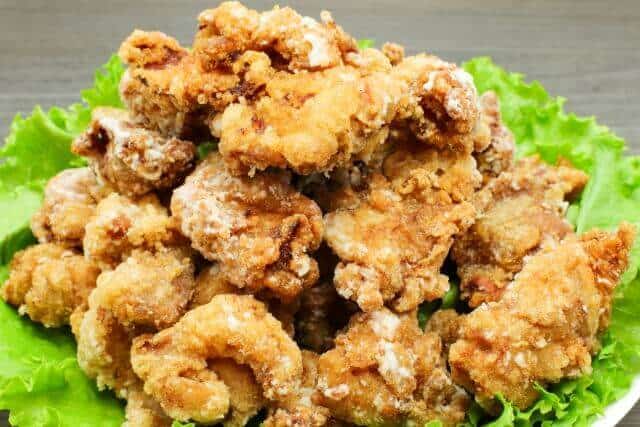
The mixture of the red color of the meat soaked in soy sauce and the white powder of the batter soaked thickly resemble the autumn leaves floating on the white waves of the Tatsuta River. In contrast to deep-fried chicken seasoned with ingredients such as wheat flour and potato starch and fried in oil, Tatsuta-age refers to fried with only potato starch. However, it seems that there are many cases where the name is different depending on the household, and even if only locals use potato starch, they called it karaage.
Seasoning regional differences
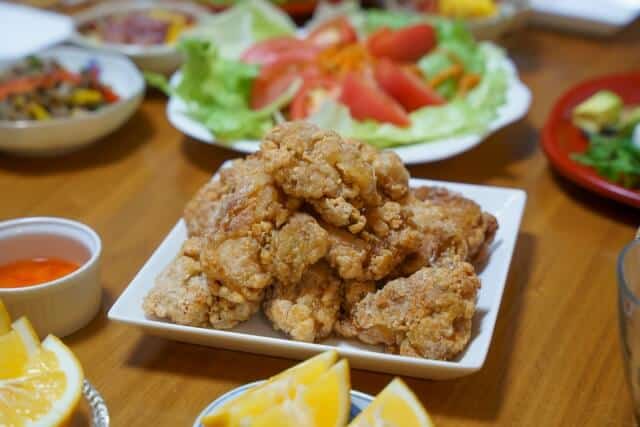
The soy sauce flavor, which more than half of the people prefer, seems to be gaining popularity, especially in eastern Japan. In Fukushima and Gunma, the rate is over 70%. On the other hand, salty fried chicken is popular in Kumamoto. Oita, which is famous as a sacred place for fried chicken, is also ranked as a region that likes the salty taste. In terms of seasoning, the flavor tends to be stronger in cold regions. In Niigata, some seasoned them with curry powder.
Types of Karaage batter

Wheat Flour
If you dip it in flour and fry it, it will be crispy when freshly fried, but will become moist when cooled. Since the raw material is wheat, the flour has a delicious flavor. You can mix the same amount of potato starch with wheat flour, it will be crispy and fragrant when freshly fried, and delicious even after it cools down for a while.

Potato starch
This one has coarse grains, so if you dip it in the batter and fry it, the white color will remain as it is. If you cover it with plenty of it, it will have a crunchy and wild texture, and if you cover it lightly, it will have a crunchy texture.

Cornstarch
The raw material is corn starch. Because the particles of the flour are finer than potato starch, the coating is thin and the oil drains off easily. It’s crispy like potato starch and has a refreshing taste
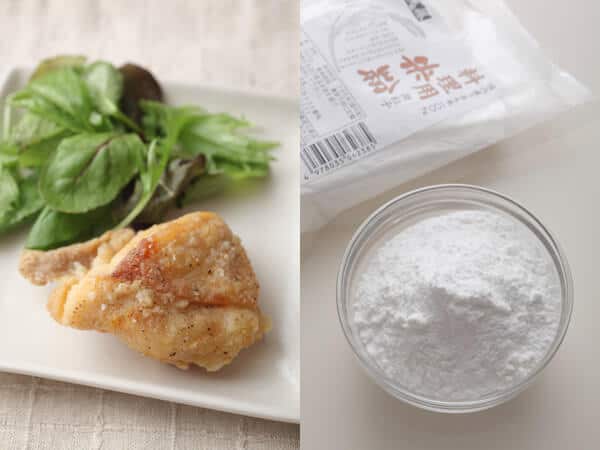
Rice flour
The rice flour used to grind non-glutinous rice has a very fine texture, and the batter sticks to it the thinnest among the four types of flour. It doesn’t absorb oil easily, so it’s crisp and light, so you can eat as much as you like.
Where to buy Karaage
Gaburi Chicken (がブリチキン)
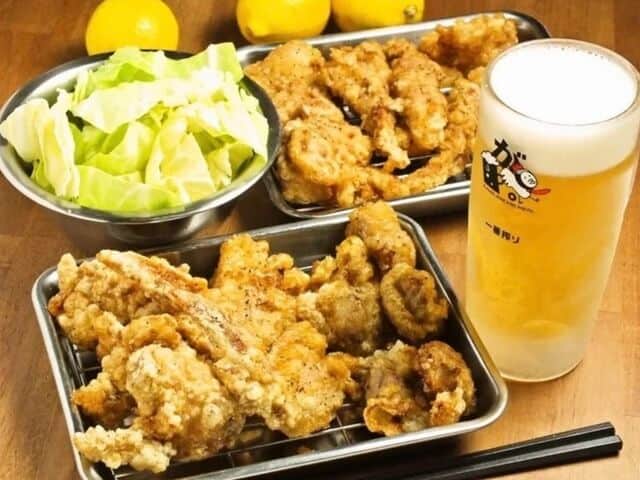
“Gaburi Chicken” in Takadanobaba is a fried chicken specialty store that originated in Nagoya. The deep-fried chicken that we are so proud of has been awarded a gold medal for 4 consecutive years by the Japan Karaage Association. There aren’t many restaurants where you can choose which parts of fried chicken you want to eat. The bone-in chicken grilled with a secret sauce looks delicious.
YUKARI (からあげ縁 浅草総本店)
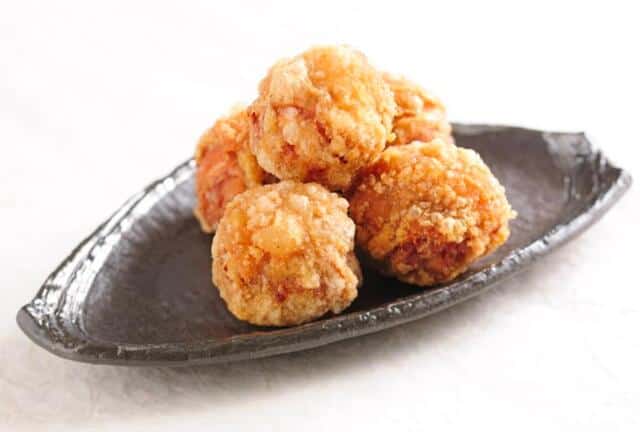
The store is proud of its special deep-fried chicken that they marinated for a day in a secret sauce that does not use any garlic or ginger. The fried chicken starts after you place your order, so you can always enjoy freshly fried chicken. There are some seasonal items, so you can enjoy the original fried chicken whenever you go.
Oshu Iwai (秋葉原本店)
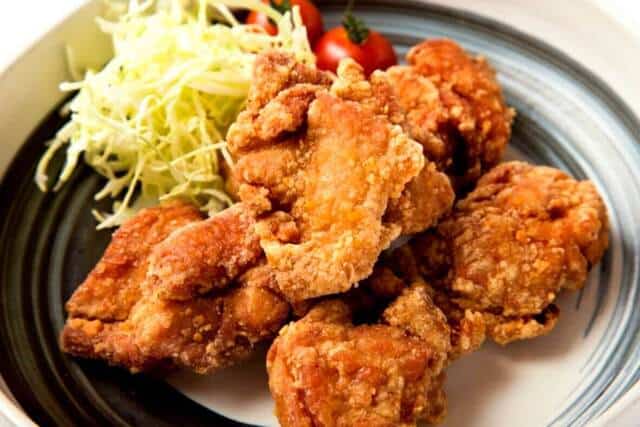
The most important thing is that the store uses chickens that they raised in a rich natural environment, with specially formulated feed, and with the highest priority on health. This chicken has no odor and is attractive for its texture and umami. The deep-fried chicken is deep-fried at a high temperature and slowly soaked in a garlic-free ginger sauce. Every time you chew, the taste of the sauce and the chicken itself spreads.
Final Thoughts
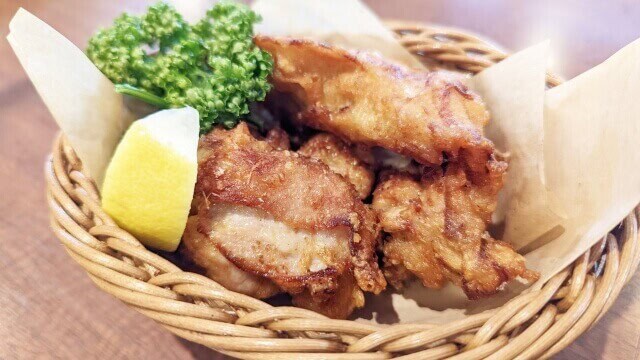
Karaage is a dish where ingredients are dipped in a batter and fried in oil. The ingredients are marinated beforehand, covered with flour or katakuriko, and fried. Its intense flavor and soft crunch make karaage stand out from its competition.
There are other fried dishes from Japan such as Tempura and Kakiage, and many more that you can have during your visit to Japan.


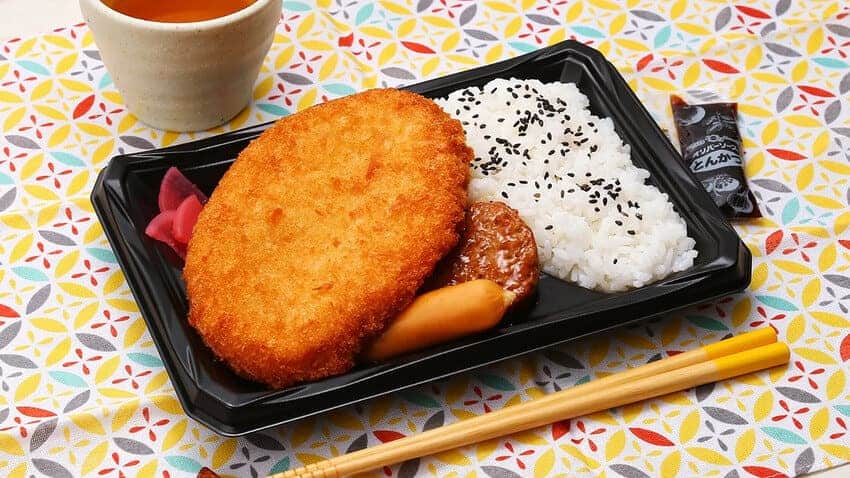



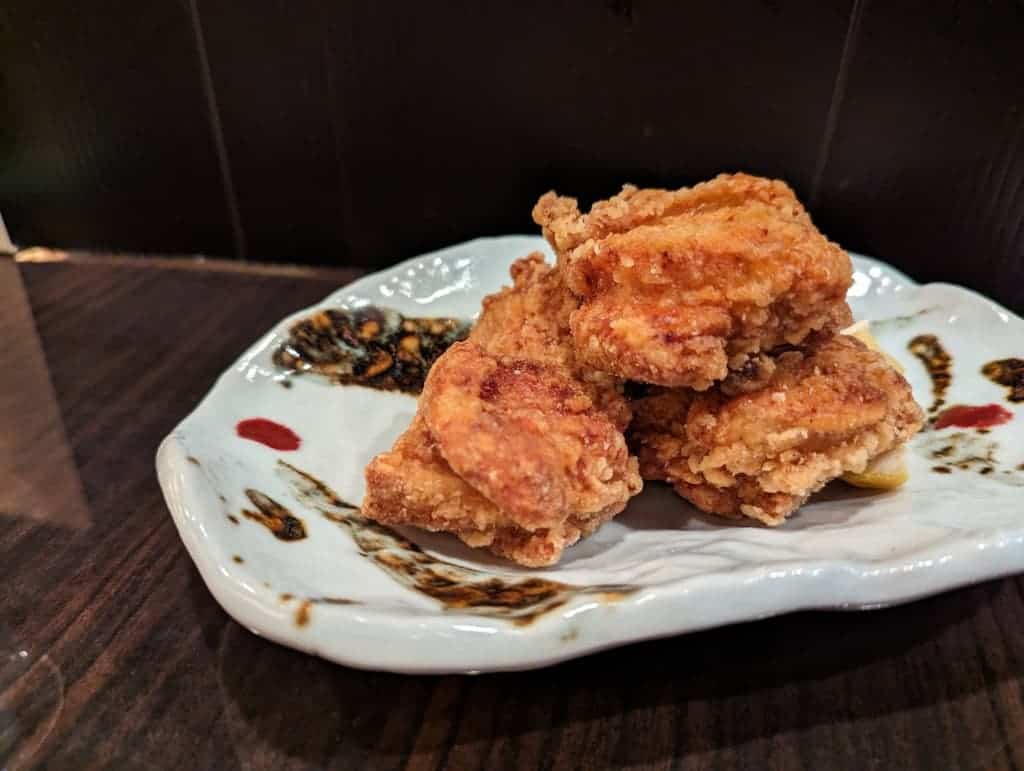
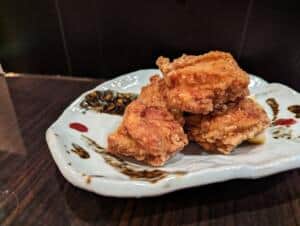
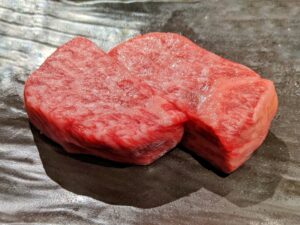
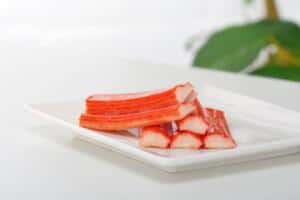
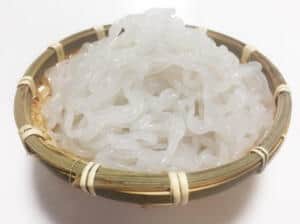
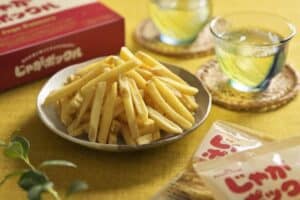
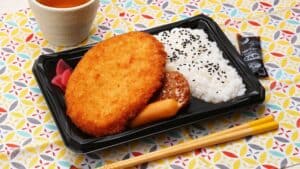
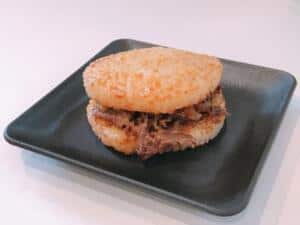
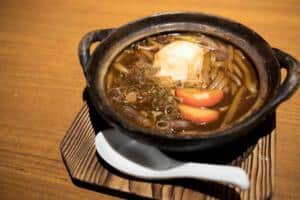
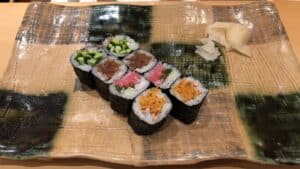
Comments